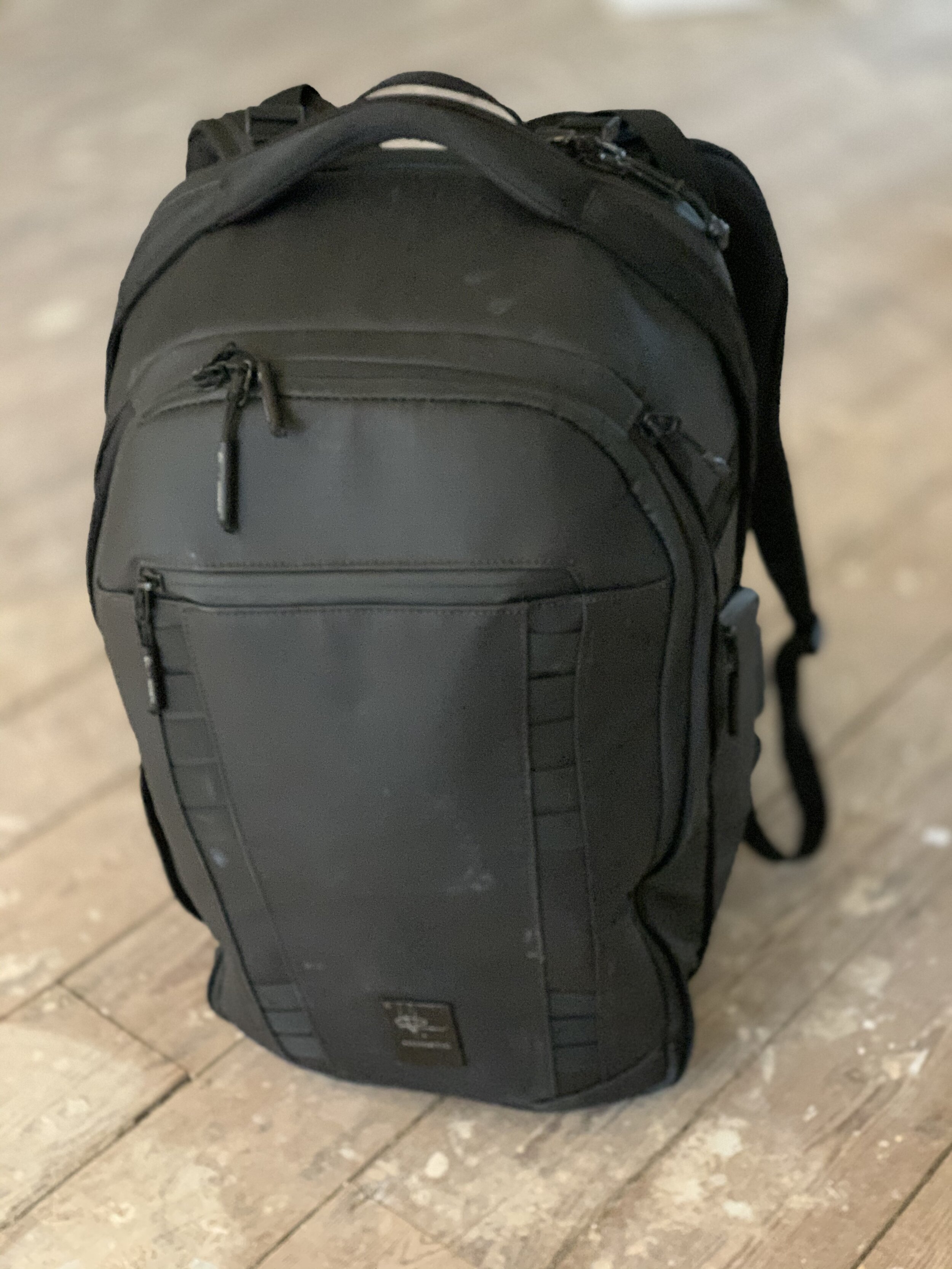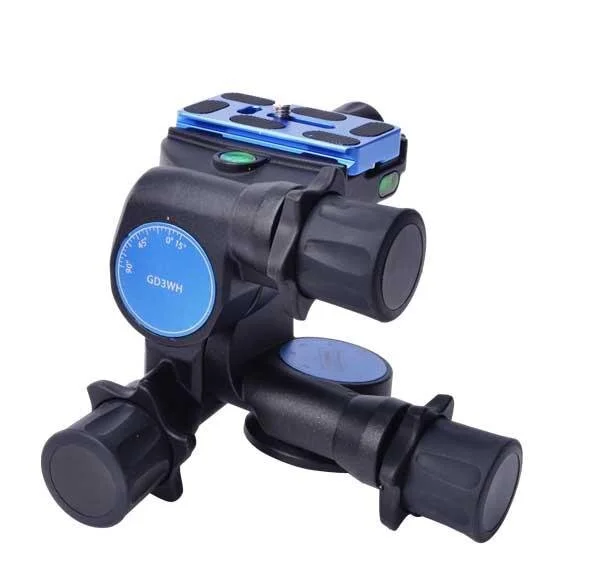There are many factors when it comes to choosing the light you need for the photography you do.
Having some experiance as a Profoto salesman I know that the most important one is the budget. Buy what you can afford would be my first advice. For me as a working professional, I want it to pay off and earn back several times over. Buying gear is an investment in my work. It is about finding the right tool to make your work better, stand out from the crowd and/or to make the workflow easier and less time spent doing the job. Using flash makes me as a professional photographer rely less on the light that is available and thus feeling more confident.
My choice when testing different brands was to go with Profoto. The first lights was two of the Profoto B1, the Location Kit. At that time the B1X, B10 and B10 plus was not available. So it was a choice between either the B1 or the B2 in the battery category. Reason to my choice was TTL -> Manual function, the HSS function and the power range. It could shoot in low light situations without overpowering the mood in the location, and at the same time I could bring it outdoors and be sure it could handle the daylight aswell if I needed it to. This made me feel confident that what ever lighting condition I was met with, it could handle it and I’d get a picture that I and the customer was pleased with.
Now today, as I mentioned above, we have a wider range to choose from. I know it can be a bit challenging to choose between them when you are investing a great amount of money into your carrier/profession.
So the questions I always asked customers was what kind of photography do you do, what do you need the lights for, what is your budget and is weight an issue?
The price of these lights are in the same ballpark. They all come in two alternatives. The To-Go Kit option with one light or the Location Kit option that gives you two lights and a backpack. The B2 gives you the same bag on both.
Modifiers
Profoto has mainly two different modifier lines. The RFI and the OCF. RFI is the range that holds bigger more sturdy built and more cumbersome modifiers to assembly. Made to withstand alot of use and the heat from the modelling lights of the D1, D2 and Pro series of lights. These modifiers are also heavier and rely on the flash to have a sturdy mount.
The other line is the OCF which is made for the Of Camera Flash series (B1, B1X, B2, B10, B10 Plus). These are smaller, weigh less and are in general easier to assembly. The OCF speedrings are made of plastic whilst the RFI Speedrings are made of metal.
Choosing
So if you want to use the RFI line I would recommend you to go with the B1, B1X due to the fact that the mount on these workhorse flashes are more robust and can hold these bigger, heavier modifiers such as the RFI 5’ Octa or the RFI 4x6’ Softbox. They both have LED light. The B1X has a stronger one then the B1. The B1X battery is also rated for more flashes and can be used on both of these flashes. But the batteries and flashes are made in a way that don’t let you plug them into the wall socket while shooting. So especially recommend you to buy extra batteries. If you find yourself using the wall socket all the time, then the D1/D2 (no battery) are better options.
If you want the less heavier option and you want to mainly use the smaler and lighter OCF modifiers and up to a RFI 3’ Octa or the bigger umbrellas, then go for a B2, B10 or B10 Plus. Out of these three the B2 has a stronger mount, whilst the B10 Plus has the longest head to mount and adjust the modifiers.
The B2 has its flashead seperated to the aggregate and uses a cord to connect these. In some cases you can find it more practical to have the battery down at the foot of your lightstand as a weight. It also makes it easier to manually see your settings, go into the menu etc while shooting. The B2 has the same power as the B10 (250 Ws), a longer flash duration then the B10 and B10 Plus, but a faster recycle time of 1.35 seconds vs 2 seconds on B10 full power (250 Ws) and 2.5 seconds (500 Ws) on the B10 Plus on full power (2 sec on 250 Ws). The B2 can attach two heads and get you two lights that has 125 Ws if needed. The drawback is that the B2 has a less powerful LED light, but it has no fan noise which the B10 and B10 Plus has as soon as you go above 30% power. The B10 and B10 Plus do have the option to adjust the temperature of the LED light.
The battery on the B2 is good for about 215 flashes on full power, whilst B10 and B10 plus uses the same battery which is good for 400 flashes on 250 Ws and about 200 on 500Ws for the B10 Plus. All of these three lights can also be used while being plugged in to the wall socket. B10 and B10 Plus can also be used with the Profoto App. Where you can adjust every setting, update the firmware, control the lights etc.
Flash performance
B1/B1X (500Ws) HSS/TTL - 1.9 sec recycle 500Ws (1.3 sec at 250 Ws) - 1/18000 sec flash duration at power 2 - battery can do 325 flashes at full power.
B2 (250 Ws) HSS/TTL - 1.35 sec recycle 250 Ws - 1/15000 sec flash duration at power 2 - battery can do 215 flashes at full power.
B10 (250 Ws) HSS/TTL - 2 sec recycle 250 Ws - 1/50000 sec flash duration at power 2, 1/48000 at power 1 - battery can do 400 flashes at full power. AirX.
B10 Plus (500 Ws) HSS/TTL - 2.5 sec recycle 500 Ws (2 sec at 250 Ws) - 1/50000 sec flash duration at power 2, 1/48000 at power 1 - battery can do 200 flashes at full power. AirX
Other
B1/B1X -B1 20W/B1X 24 W LED light - Weight is 3 kg - £1,990.00/3,890.00
B2 - 9W LED light- Weight is 2 kg - £1,825.00 (location kit)
B10 -2500 lumens LED light Temperature adjustable 3000k to 6500k - Weight is 1.5 kg - £1,499.00/2,995.00
B10 Plus - 2500 lumens LED light Temperature adjustable 3000k to 6500k - Weight is 1.9 kg - £1,795.00/3,575.00
If you want to travel light, have one smal flash with good enough power output, super fast flash duration to freeze movement, Profoto App compatible, 2500 lumens LED with temperature adjustments and charge while you shoot, then Choose the B10. You will get alot of light in a smal size and you can use OCF modifiers and umbrellas.
If you want 500 Ws high power flash with the fastest recycle time and be able to use all of the modiifers on it, more sturdy build, and don’t need to charge the flash while you are shooting then choose the B1X. You can also change front glas on this yourself.
If you want everything the B10 offers but more power. You don’t need the recycle time of the B1X or the option to use the larger RFI modifiers, but you prefere a lighter and smaler flash, then choose the B10 Plus. It sits as mentioned in between B10 and B1X when it comes to the weight and size. It will have less flashes per battery then the B1X, but can charge while you shoot, and got a 2500 lumens LED light which is temperature adjustable.
If you want a fast recycle flash as powerful as the B10, but without all the bells and whistles as the AirX and temperature adjustable LED, then choose the B2. It has cords which may be a good or bad thing depending on how you look at it, but the flash head is very light weight, recycle is fast, you can charge while shooting, but the battery give you 215 flashes at full power, so I recommend getting minimum one spare battery.



